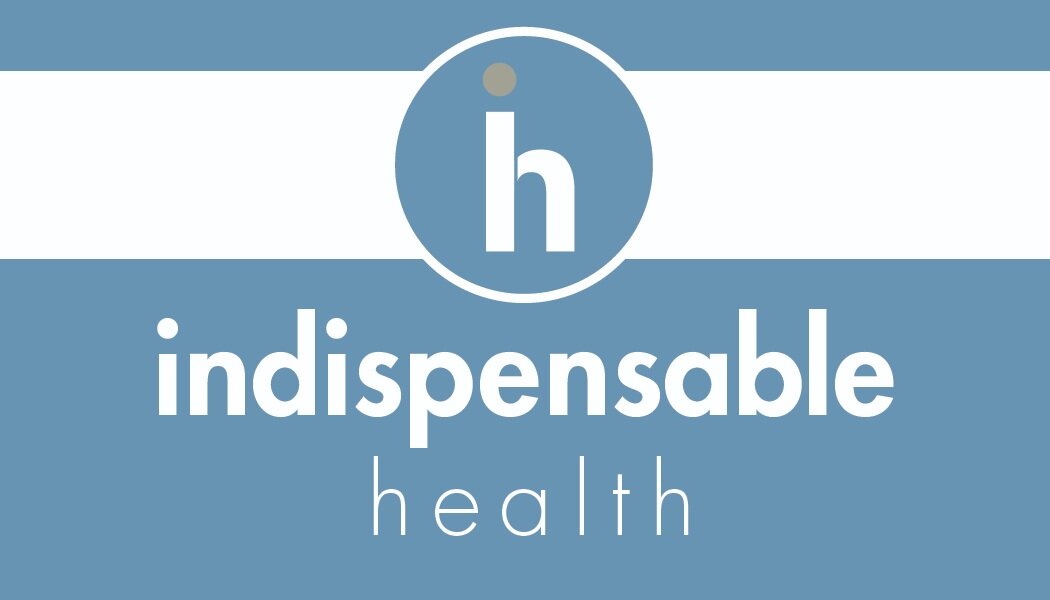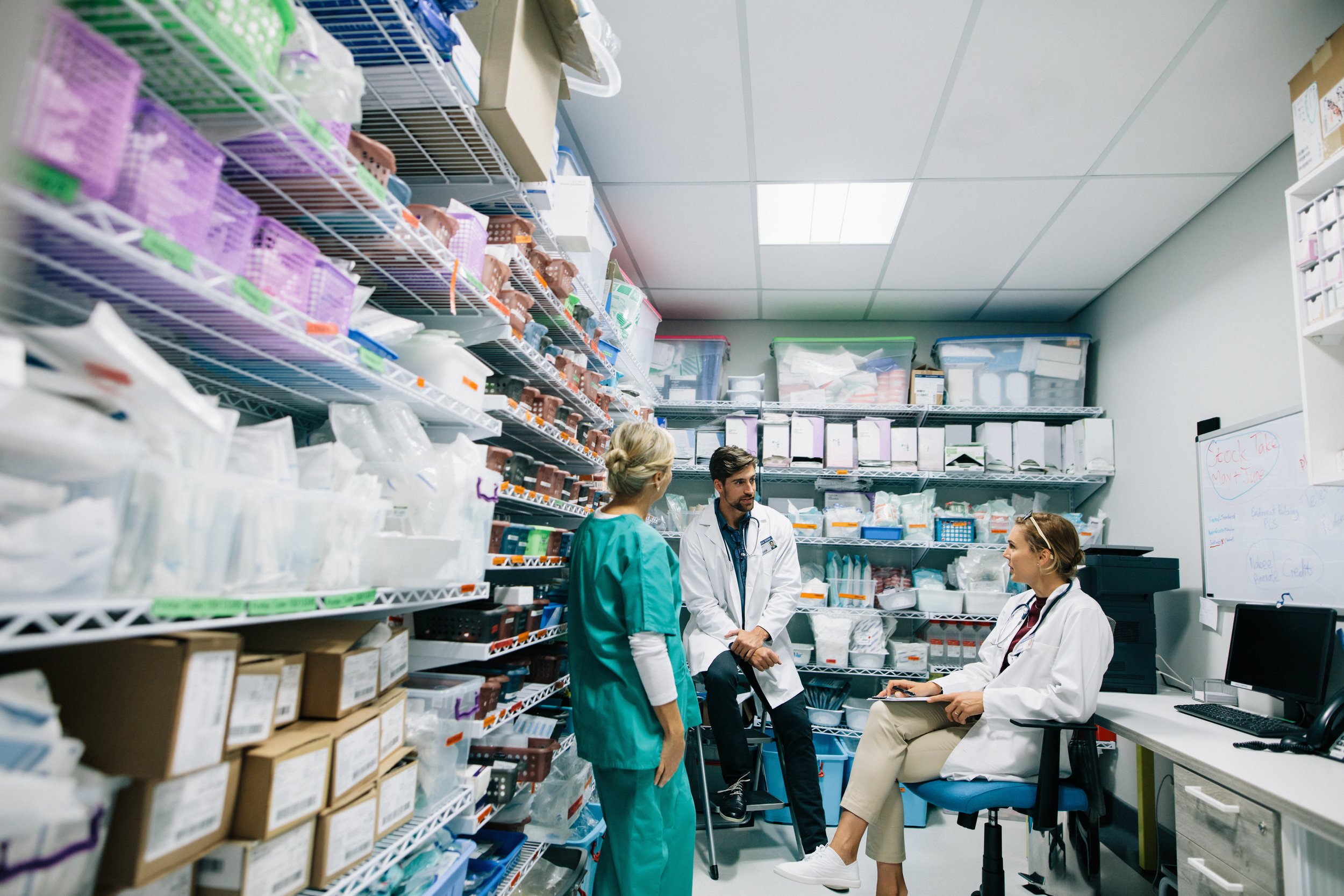Telepharmacy Optimizes Pharmacy Budgets, Operational Efficacy, and Patient Outcomes
A Budget Paradox: Prioritizing Pharmacy Operational Efficacy & Improving Patient Outcomes
Considering the sharp decline of hospital revenues, one of the key impactors of a hospital budget is the inpatient drug spend. There have been significant increases in drug costs over the past ten years. Medication shortages, new specialty therapies, and FDA drug approvals are some of the primary factors for the rise in hospital medication expenditures. A clinical pharmacy team is essential in partnering with providers to strategize on the most appropriate use of medications that will produce the greatest amount of return, as well as, cost savings for each facility.
Clinical pharmacists not only positively impact bottom lines, they can also have profound effects on patient outcomes. Strategies employed for optimal patient care can include antimicrobial stewardship, dose rounding and optimization, IV to PO conversions, and therapeutic interchanges. Consequently, this would call for constant patient surveillance by the on-site pharmacist and require time away from the dispensing functions typically associated with their role. On the other hand, making this investment of time clinically can lead to decreased pharmacy waste, particularly during times of critical drug shortages, and the potential need to save nursing administration time. Additionally, benefits to improve the hospital’s bottom line can also be attributed to a shorter length of stay, lower drug cost per admission, and potential home health alternatives to inpatient therapies.
“A clinical pharmacy team is essential in partnering with providers to strategize on the most appropriate use of medications that will produce the greatest amount of return, as well as, cost savings for each facility.”
How To Increase Clinical Pharmacist Time, Without Breaking Budget?
In order to allow more clinical pharmacist time, it is necessary to streamline other pharmaceutical functions, thus freeing up the pharmacist. The use of telepharmacy, also known as, remote order verification or remote pharmacy services is an excellent method for on-site staff to achieve increased patient surveillance time. Leveraging this technology can prevent a hospital from going over budget as the cost savings efforts of telepharmacy’s remote services can be continuous rather than just focused during staffed hours. Telepharmacy has quickly become a value-added service for larger hospitals needing additional staff during times of high workload and for smaller hospitals that are not staffed 24 hours a day 7 days a week. With the wider acceptance of Telehealth and increased access to providers, telepharmacy becomes the next natural progression for healthcare.
“With the wider acceptance of Telehealth and increased access to providers, telepharmacy becomes the next natural progression for healthcare”
Can Telepharmacy Benefit Pharmacies With More Than Profit Margin Improvements?
For both retail pharmacy and inpatient pharmacy settings, the barrier of physicality becomes negated with internet access and remote pharmacy services. Thus, travel and wait times become essentially eliminated and higher service satisfaction can be recognized. Therefore, not only is telepharmacy a smart business decision financially, the increased access to pharmacists can help patients and their providers make sound medication therapy choices and alternatives.
Author: Chris Brettfeld, PharmD. | Vice President of Clinical Services at Indispensable Health
Interested in Telepharmacy Services?
Leverage remote pharmacy services through TelepharmRx with customizations to fit any pharmacy
Need Additional Help Managing a Pharmacy?
ManageRx has two service branches: full pharmacy management & management assistance





